ING: Gold In Need of a Fresh Catalyst
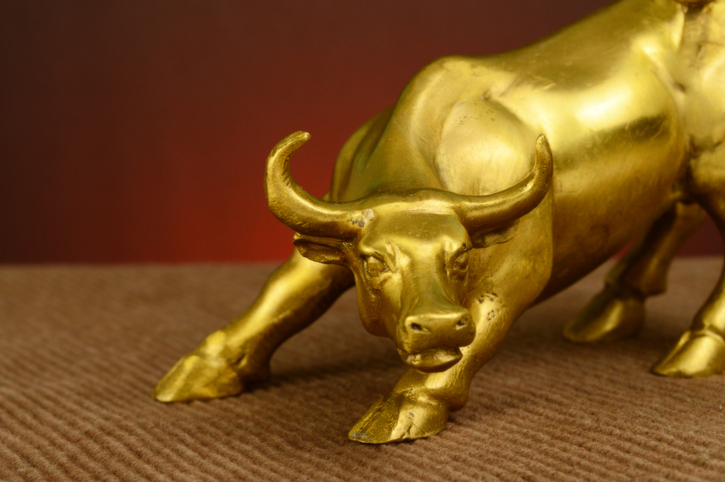
Gold’s momentum has slowed since its all-time high in April, but the core drivers of the rally—central bank demand and global uncertainty—are still firmly in place. Central banks added 20 tonnes to reserves in May and have continued steady buying into June, with China marking eight straight months of additions. However, investor sentiment has softened, as seen in cooling ETF flows and fewer net long futures positions. With the U.S. threatening new tariffs and geopolitical tensions persisting, gold could soon break out of its holding pattern—especially if trade negotiations unravel.
China’s Gold ETFs Hit Record Inflows as Investment Demand Surges

China’s gold market had a strong first half of the year, with both domestic and international gold benchmarks seeing their best H1 performance in nine years. Despite a slower June, Chinese gold ETFs attracted record inflows of RMB 64 billion (about $8.8 billion), marking the largest semi-annual increase on record. Gold futures trading also surged on the Shanghai Futures Exchange. The People’s Bank of China continued its buying streak, adding 19 tonnes of gold in the first half. However, gold withdrawals from the Shanghai Gold Exchange dropped 18% year-over-year, and imports in May declined, reflecting softer physical demand.
Markets Shrug Off Tariff Threats — But Are They in Denial?
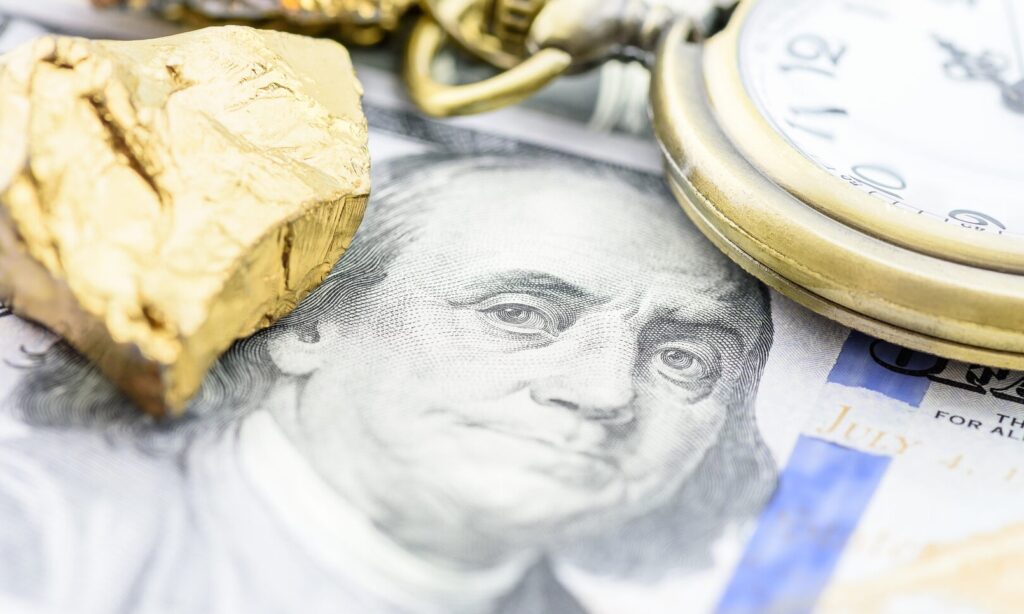
Markets are staying surprisingly calm in the face of President Trump’s escalating tariff threats — but don’t mistake that for confidence. While the White House claims traders are warming to the idea of tariffs, many investors say they’re just assuming Trump won’t go through with them. If that assumption is wrong, markets could be in for a rude awakening. For gold and silver investors, this uncertainty highlights the importance of hedging against policy shocks and geopolitical volatility.
Kevin Hassett Emerges as Trump’s Top Pick to Replace Fed Chair Powell
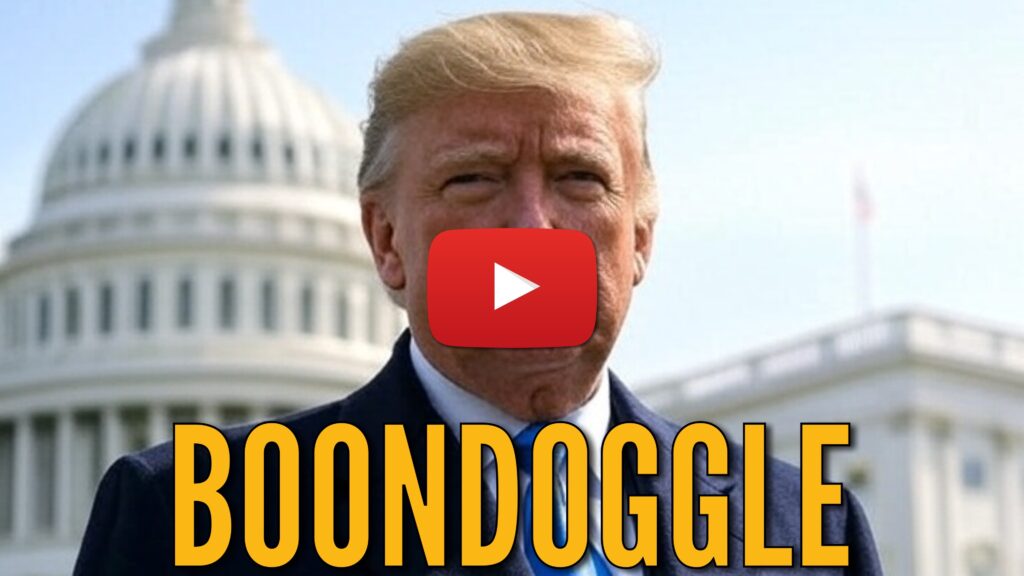
Kevin Hassett, one of President Trump’s top economic advisers, is currently the leading candidate to replace Jerome Powell as Federal Reserve Chair. Trump has long criticized Powell for keeping interest rates too high and wants a successor who will align with his push for lower rates. Hassett, known for embracing Trump’s economic agenda, has publicly echoed this view, raising concerns among investors about the Fed’s independence. Other contenders include former Fed governor Kevin Warsh, Treasury Secretary Scott Bessent, and current Fed Governor Christopher Waller.
Why Silver’s 32% YTD Rise Might Just Be the Beginning
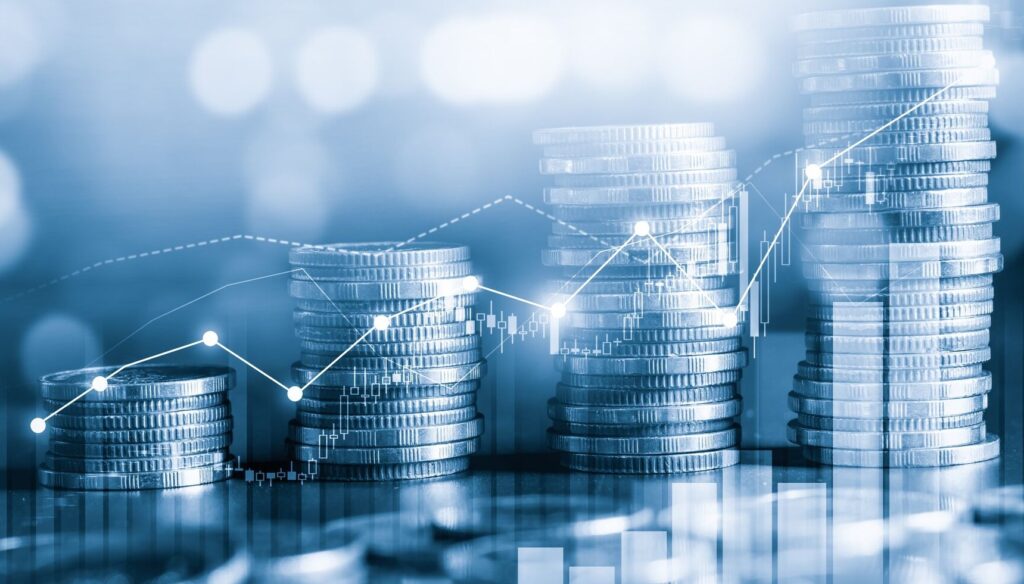
Silver just hit $38 — its highest price in 14 years. What’s driving the rally, and why some analysts say much higher prices could be next.
Fed’s Logan: Interest Rates May Stay Higher for Longer Amid Tariff Pressures

Dallas Fed President Lorie Logan said Tuesday that interest rates likely need to stay elevated for a while longer to keep inflation in check—especially as Trump’s tariffs put upward pressure on prices. While inflation hasn’t surged yet due to inventory buffers, Logan emphasized the importance of monitoring data over the summer. She noted that although softening labor and inflation data could warrant cuts later, for now, policy should remain “modestly restrictive” to avoid reigniting inflation.
White House Tensions Rise as Trump Eyes Powell Over Fed Spending
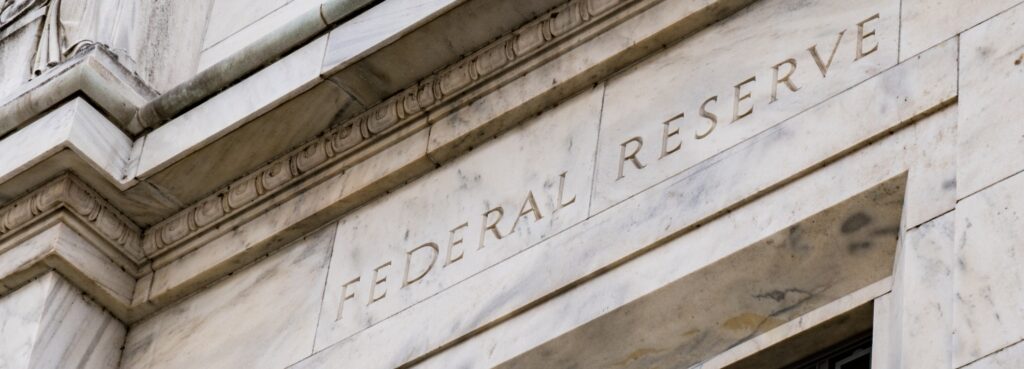
President Trump hinted that Fed Chair Jerome Powell could be fired over ballooning costs tied to the Federal Reserve’s headquarters renovation project. The $2.5 billion price tag has drawn scrutiny from the Trump administration, which has long wanted to replace Powell with someone more amenable to aggressive rate cuts. The Fed has asked its inspector general to investigate the matter, and Powell’s answers to the administration’s questions are expected by week’s end.
Gold Rises as Dollar Slips, Eyes Turn to U.S. Producer Price Data
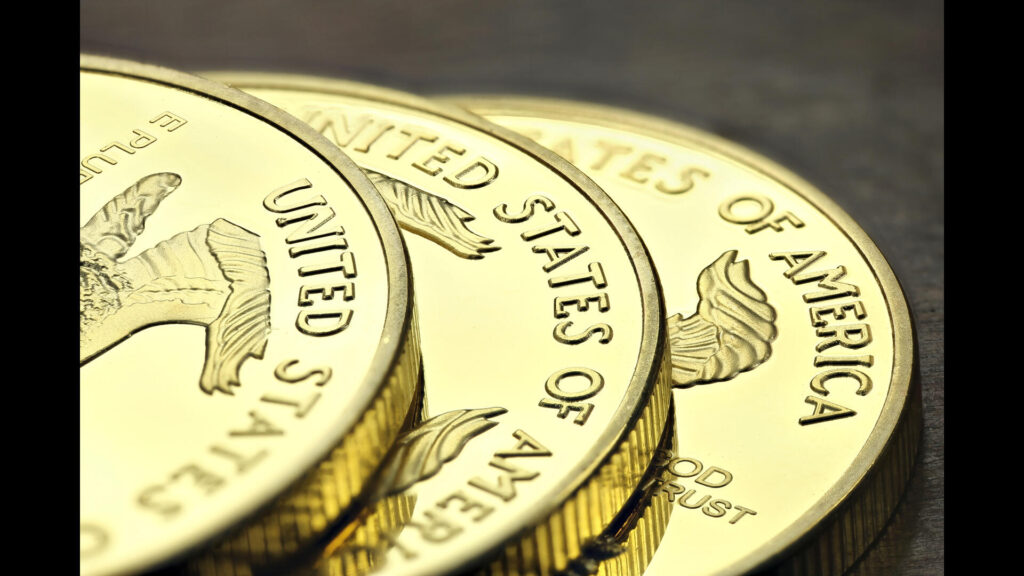
Gold gained modestly Wednesday as a softer U.S. dollar and renewed trade uncertainty gave the metal a lift. The market is watching closely for U.S. producer price inflation data, which could shape the Fed’s interest rate path. So far, gold has repeatedly hit resistance near $3,400 despite rising inflation and new Trump tariffs, including a fresh 19% duty on Indonesian imports. Analysts believe the current pause may be temporary, with ANZ forecasting gold could climb to $3,600 per ounce by the end of 2025. Meanwhile, silver rose 0.6% to $37.93, continuing to outperform amid strong industrial demand and tight supply.
Consumer Prices Jump as Trump’s Trade War Begins to Hit Home
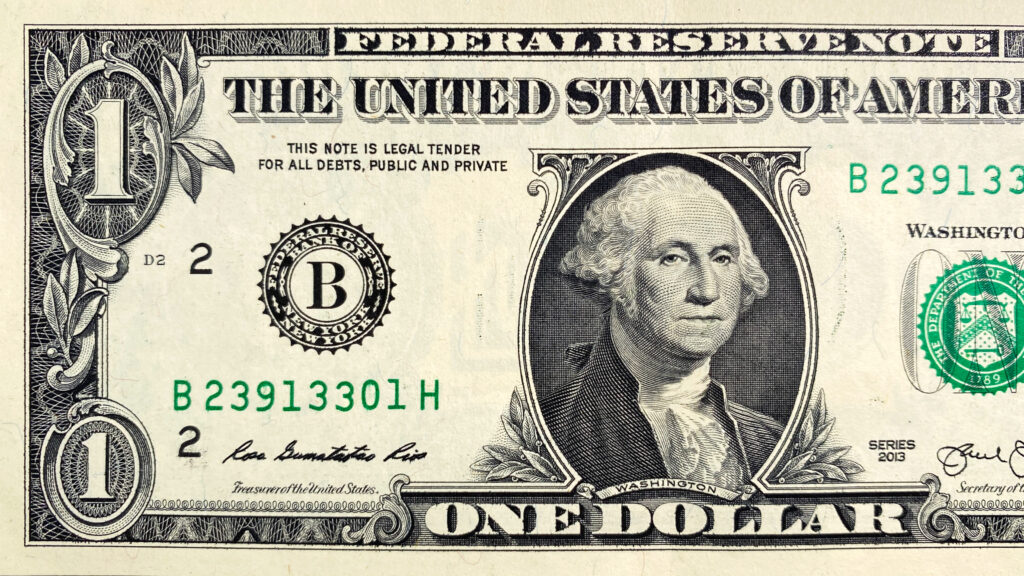
U.S. inflation rose sharply in June, marking the highest increase since February, with consumer prices up 2.7% year-over-year. Economists are now seeing early signs that President Trump’s sweeping tariffs are starting to push prices higher—especially for groceries, clothing, furniture, and appliances. While energy and housing costs also contributed to the rise, core inflation (excluding food and gas) increased to 2.9%. These numbers make it less likely the Federal Reserve will cut interest rates soon. Meanwhile, political debate is heating up as the public feels the pinch and businesses like Walmart and Nike begin passing costs to consumers.
Buying Local: How Nations Are Boosting Reserves Without Spending Dollars

With gold prices near record highs, central banks are increasingly buying gold directly from domestic mines, bypassing the traditional global bullion markets. According to the World Gold Council, 19 central banks now use this method, often at a discount and in local currency—saving on shipping, fees, and foreign exchange. Nations like Ghana, Zambia, and the Philippines are leading the charge. While domestic sourcing comes with logistical and ethical challenges, it allows countries to build gold reserves without draining their dollar holdings—and gives small-scale miners a stable, legal buyer. The move reflects rising gold demand from central banks amid global uncertainty […]
